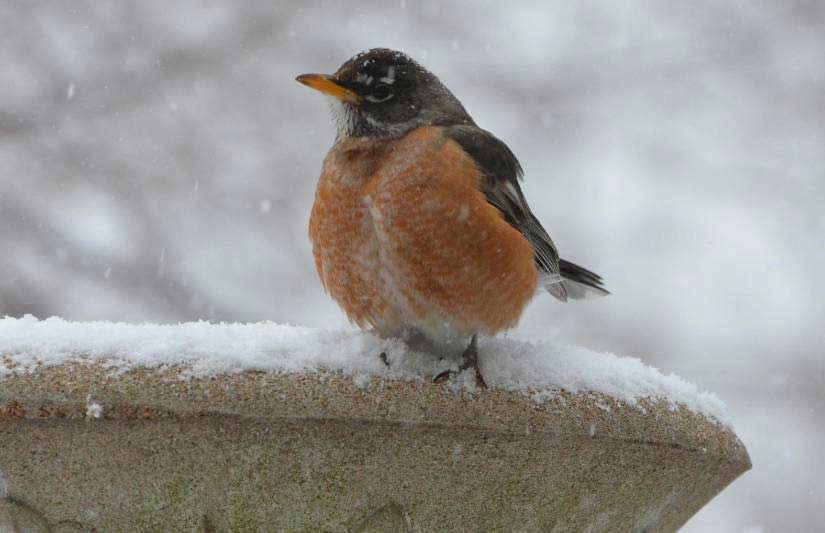We’re quite fortunate in Australia not to experience extreme winter temperatures. As a result, we don’t have to put too much effort into making sure our landscaping is “winter compatible”.
Still, it doesn’t hurt to get ready for the colder weather to ensure that once spring arrives, the clean-up is a little less time-consuming.
Read on to learn how to get your backyard winter-ready.
Clear Leaves and Debris
If your property has mature trees and bushes, then autumn may have taken its toll. Your yard may still be covered in leaves and debris, even as you head into winter. While leaf raking may be the last thing you feel like doing, it’s a crucial part of getting your backyard winter-ready.
If you leave the leaf litter where it lies, you risk it stopping your lawn from getting much-needed sunlight in the cooler temperatures. As it sits under moist leaves, you then run the risk of fungal disease in your lawn.
Rake them into a mound and put them in your compost bin or garden. You may also see the value in using it as mulch for your vegetable gardens.
Fertilise Your Lawn
If you take great pride in your lush, green lawn, then now is an excellent time to fertilise it. After all, you didn’t put all that effort into landscaping so that your lawn would fall victim to winter. Fertiliser can give your grass a much-needed strength boost to make it through the next few cold months ahead.
The process is easy. Spread it consistently across your lawn and water it well to allow for optimum nutrient absorption.
Stow Away Outdoor Furniture
If you have weather-sensitive furniture, such as wicker and fabric, then now’s the time to store it away. Winter conditions, such as rain and wind, can take its toll on outdoor furniture. Then, by the time summer arrives, it’s potentially no longer enjoyable to use.
Wood furniture and steel furniture may be more likely to withstand winter conditions. Still, it’s worth purchasing covers for these to keep them debris-free when you’re not using them. If they have any cushions or fabric components, remove these for the next few months.
Protect Vulnerable Plants
If you have any plants that are susceptible to frost, rain, and cold temperatures, then put steps in place to protect them. You may like to cover them with frost cloth or relocate them to a conservatory or greenhouse. Having such plants can be necessary for the best landscaping design, but they may require a little extra care once wintry weather sets in.
Create Shelter
There’s no reason why you can’t enjoy your outdoor entertainment area in winter, but you just have to think smarter. When you add one to your landscape plan, consider creating a sheltered component that allows for year-round use. An awning or pergola can allow for al fresco dining – even at the coldest parts of the year.
Getting your backyard winter-ready doesn’t take long, but it can be beneficial. Take the time now to write a list of things you need to do before the temperatures start to plummet. You can then come out on the other side with a far shorter list of yard chores to do in spring.



